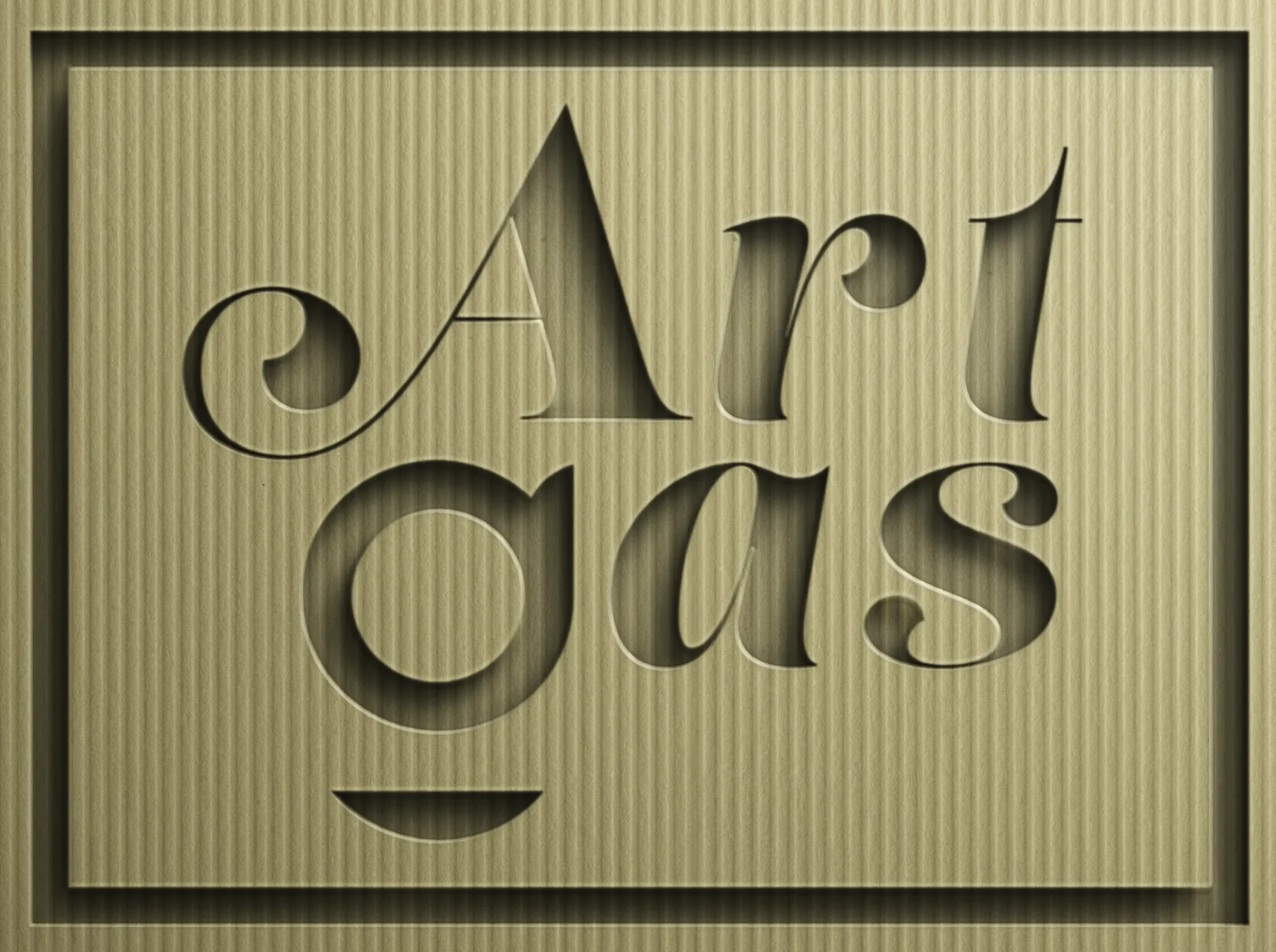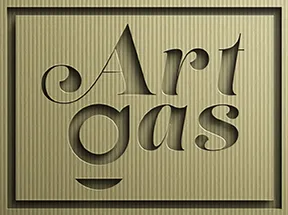Introduction to Fluid Art
Fluid art, also known as flow art, liquid art, or pour painting, is a captivating and dynamic form of art that has seen a resurgence in popularity in recent years, thanks to its mesmerizing aesthetics and the therapeutic process involved in its creation. This art style is characterized by the flow and movement of pigment suspended in a medium, which is then poured onto a canvas or substrate, allowing the colors to blend and create organic, abstract patterns. The spontaneity and unpredictability of fluid art make each piece unique, appealing to a wide range of art enthusiasts and collectors.
A Dive into the History and Popularity
Liquid art is not a new concept; its roots can be traced back to the mid-20th century, notably linked to the Abstract Expressionist movement. Artists like Jackson Pollock pioneered techniques that emphasized the fluidity of paint, albeit through different methods like dripping and splattering. What sets modern liquid art apart is the use of various mediums to alter the viscosity of paint, enabling it to flow more freely across the canvas. This art form has gained popularity for its accessibility; it doesn’t require traditional painting skills, making it appealing to novices and professionals alike. Its therapeutic aspect, combined with the joy of watching colors blend in unpredictable ways, contributes to its widespread appeal.
Overview: Classic and Digital Variations
Flow art, has evolved significantly, with artists experimenting with a range of techniques and materials. Here, we explore the top 10 classic variations of the style, followed by the top 10 new digital or AI variations that are pushing the boundaries of this art form.
Top 10 Classic Variations
- Dirty Pour: A technique where multiple colors are added to the same cup before being poured onto the canvas, creating multi-layered, marbled effects.
- Flip Cup: Similar to the dirty pour, but the cup is flipped upside-down on the canvas, then lifted to let the paint flow out.
- Swirl Technique: Using a stick or object to gently swirl the paint once poured, creating spiral patterns.
- Puddle Pour: Involves pouring individual colors in puddles on the canvas and tilting the surface to stretch and combine the colors.
- Swipe Technique: After pouring, a tool is used to swipe over the paint, dragging layers over each other to create cells and lacing.
- String Pull: Strings or chains are dipped in paint, laid on the canvas, and then pulled away to leave behind intricate patterns.
- Dip Technique: Objects or canvas are dipped into a paint-covered surface, then lifted to reveal a print.
- Balloon Kisses: Pressing a balloon into the wet paint to create rounded, textured patterns.
- Ring Pour: Pouring paint in a continuous ring motion to create concentric circles or rings.
- Hammer Smash: Droplets of paint are added to the canvas, then smashed with a hammer or similar object for explosive effects.
Top 10 New Digital or AI Variations of Flow Art
- Digital Pour Painting: Utilizing digital brushes to mimic the effect of pour painting, allowing for endless experimentation without the need for physical materials.
- AI-Generated Fluid Art: Using algorithms to simulate fluid art, creating patterns that can be endlessly tweaked and manipulated.
- VR Fluid Painting: Virtual reality tools enable artists to create 3D fluid art in a virtual space, offering a new dimension to the art form.
- Interactive Fluid Art Applications: Apps that simulate fluid painting, allowing users to create digital fluid art with touch or mouse movements.
- Algorithmic Color Blending: Advanced software algorithms that blend colors in ways that mimic the unpredictability of physical fluid art.
- Augmented Reality (AR) Fluid Art: Overlaying digital fluid art onto real-world environments through AR technology.
- 3D Printed Fluid Art: Translating digital fluid art designs into 3D printed sculptures, combining digital precision with tangible forms.
- Generative Art Fluid Simulations: Creating fluid art through code, where the artist sets parameters and the software generates the artwork.
- Motion Capture Fluid Art: Capturing the movement of liquids in real-time and translating them into digital artworks.
- NFT Fluid Art: Unique, blockchain-certified digital fluid artworks, merging the art form with the world of digital assets and collectibles.
Frequently Asked Questions (FAQs)
- What materials do I need for fluid art?
- You’ll need acrylic paint, pouring medium, a canvas or substrate, cups, and stirring sticks. Optional tools include silicone oil, blow torches, and various implements for creating effects.
- Can fluid art be done digitally?
- Yes, there are several digital tools and software that simulate fluid art techniques, allowing for digital creation without physical materials.
- Is fluid art easy for beginners?
- Fluid art is highly accessible to beginners due to its intuitive process and minimal requirement for traditional artistic skills.
- How do I prevent mud colors in fluid art?
- Avoid overmixing colors and use a limited palette. Understanding color theory and the relationships between colors can also help prevent muddy outcomes.
- Can fluid art be varnished or sealed?
- Yes, once fully dry, fluid art paintings can be varnished to protect the surface and enhance the colors.
- What is the drying time for fluid art?
- Drying times can vary based on the thickness of the paint and environmental conditions, typically ranging from 24 to 72 hours.
- Can I use household items in fluid art?
- Many household items, such as strainers, chains, and balloons, can be repurposed to create unique effects in fluid art.
- What is the purpose of silicone oil in fluid art?
- Silicone oil is used to create cells and lacing effects by reacting with the acrylic paint and medium.
- How do I choose colors for my fluid art project?
- Consider using a color wheel to select complementary or analogous color schemes, or draw inspiration from nature, photographs, and existing artworks.
- Can fluid art be done on surfaces other than canvas?
- Yes, fluid art can be applied to a variety of surfaces, including wood, glass, ceramics, and fabric, provided they are properly prepared.
Noteworthy Artists and Resources
Classic Fluid Art
- Jackson Pollock: A pioneer of the drip technique, a precursor to modern fluid art.
- Holton Rower: Known for his pour paintings that create stunningly vibrant and complex patterns.
Digital and AI Fluid Art
- Refik Anadol: Utilizes AI and machine learning to create fluid art installations that merge data and art in captivating ways.
Websites and Online Resources
- FluidArtists.org: A community and resource for fluid art enthusiasts.
- ArtStation: Features digital fluid art portfolios from various artists.
Conclusion: Discover the Magic of Fluid Art at Art Gas
Fluid art stands out as a mesmerizing and inclusive art form, appealing to a broad spectrum of art lovers due to its blend of unpredictability, beauty, and accessibility. Whether through traditional methods or cutting-edge digital techniques, the world of fluid art continues to evolve, pushing the boundaries of creativity and artistic expression.
Art Gas proudly showcases a curated collection of fluid art, encompassing both classic and modern interpretations. Our collection demonstrates the stunning diversity and potential of fluid art, inviting viewers to explore its depths and nuances. From vibrant, swirling canvases to digital masterpieces that blend technology and tradition, Art Gas’s fluid art collection is a testament to the enduring appeal and innovation of this captivating art style.
Visit here at Art Gas to experience the unparalleled beauty of fluid art and discover pieces that resonate with your soul. Embrace the flow, and let the colors guide you to a world of imagination and wonder.
Main SEO Keywords
- Fluid art
- Pour painting
- Liquid art
- Flow art
- Digital fluid art
- AI fluid art
- Abstract expressionism
- Fluid painting techniques
- Pour painting materials
- Fluid art gallery


